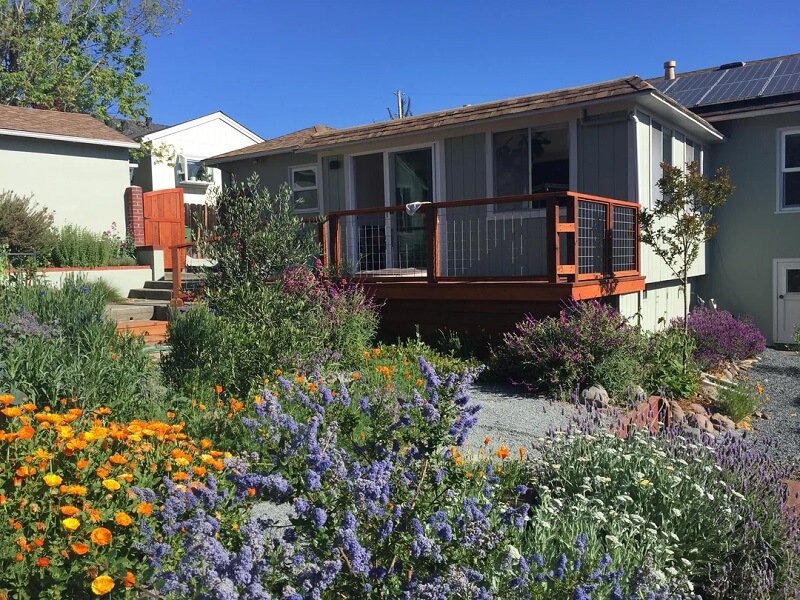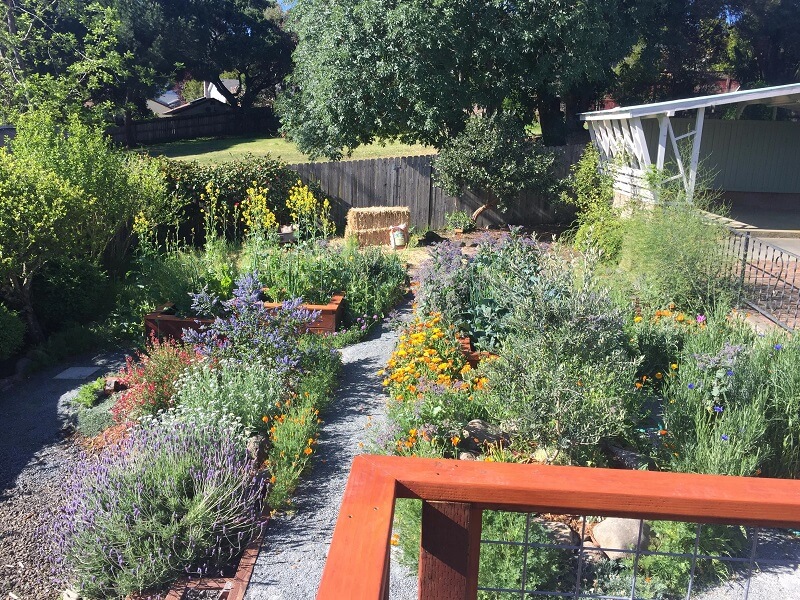One homeowner bid farewell to their lush garden by sharing photos of their incredible progress in the r/gardening subreddit.
"Moving to Minnesota from California," said the original poster. "Just wanted to share the garden I built from a dead lawn. Going to miss it all."


According to the Redditor, the oldest picture was from the beginning of their gardening project. Not much is visible besides dead grass, weeds, and a few poppies.
In the more recent photos, the original poster has transformed the yard into a xeriscaped paradise. Those few poppies have exploded into a full-sized patch divided by a gravel path, and several other species of flowers have joined them. In between, the original poster used gravel, mulch, and flagstones to create a beautiful but drought-friendly landscaping design.
Xeriscaping — landscaping with stone, gravel, and drought-tolerant plants — is a great choice for almost any home, both in desert areas like California and throughout the country. This type of garden has minimal water needs, making it extremely cheap to maintain, and since gravel and pavement don't grow, there's much less upkeep, too.
Plus, the few plants you choose can be native flowers, which are perfect for attracting pollinators to give your garden a boost. This gardener put those bees and butterflies to work pollinating fruits and veggies, too.
"If I want to create something like that what advice would you provide?" asked a commenter.
"Hardscape to break up the garden space into usable sections," said the original poster. "Focus on soil science and bringing the health of the garden to life. This means compost, … no pesticides, and mulch, mulch, mulch. Allow your garden to cycle.
"It may not look super pretty to have some of your plants go to seed," they continued, "but believe it or not it's worth it. Arugula, tomatoes, lettuce, carrots, mustard, and a slew of flowers all planted themselves every year. … Most importantly, take it one section at a time. Don't try and tackle the entire thing at once."
As for the original poster's new home, commenters assured them they had plenty to look forward to.
"There are lots of cool prairie natives to plant in Minnesota," said one user. "You can turn a strip of boring sod into something special."
Join our free newsletter for easy tips to save more, waste less, and help yourself while helping the planet.









